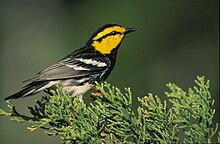28 May 2016 by Jamie Ross
A major fire caused by thieves who stole a car and set it on fire could have affected dozens of bird species, a wildlife charity has claimed.
Firefighters battled for five hours to contain the blaze which destroyed gorse near Banff on Thursday night, the result of the car being set alight.
The alert was raised at about 9pm, when residents in Sandend spotted massive plumes of black smoke near the cliffs.
The beauty spot is commonly used by nesting birds and that has now raised concerns that species faced being “massacred”.
Last night, a spokeswoman for The Royal Society For Protection Of Birds claimed that dozens of different breeds regarded the region as their home and called for locals to take better care with fires.
She said: “Gorse is a very valuable habitat. In the north-east, linnets, yellowhammers, whitethroats, song thrushes, dunnocks and stonechats all live in areas of gorse.
“At this time of year, these species will be nesting, so this fire will have destroyed nests, eggs and young birds, which can’t escape.
We urge everyone to take care with fires, especially at this time of year.”
Residents from nearby Portsoy and Sandend had reported smoke rising into the sky on the area of land between the villages and Banff.
One Scottish Fire and Rescue Service appliance from Portsoy and another from Cullen were called to the scene along with a forestry unit from Elgin before the blaze was put out just after 2am yesterday.
The RSPB has branded gorse as “very important” to both birds and invertebrates in material issued to its supporters.

